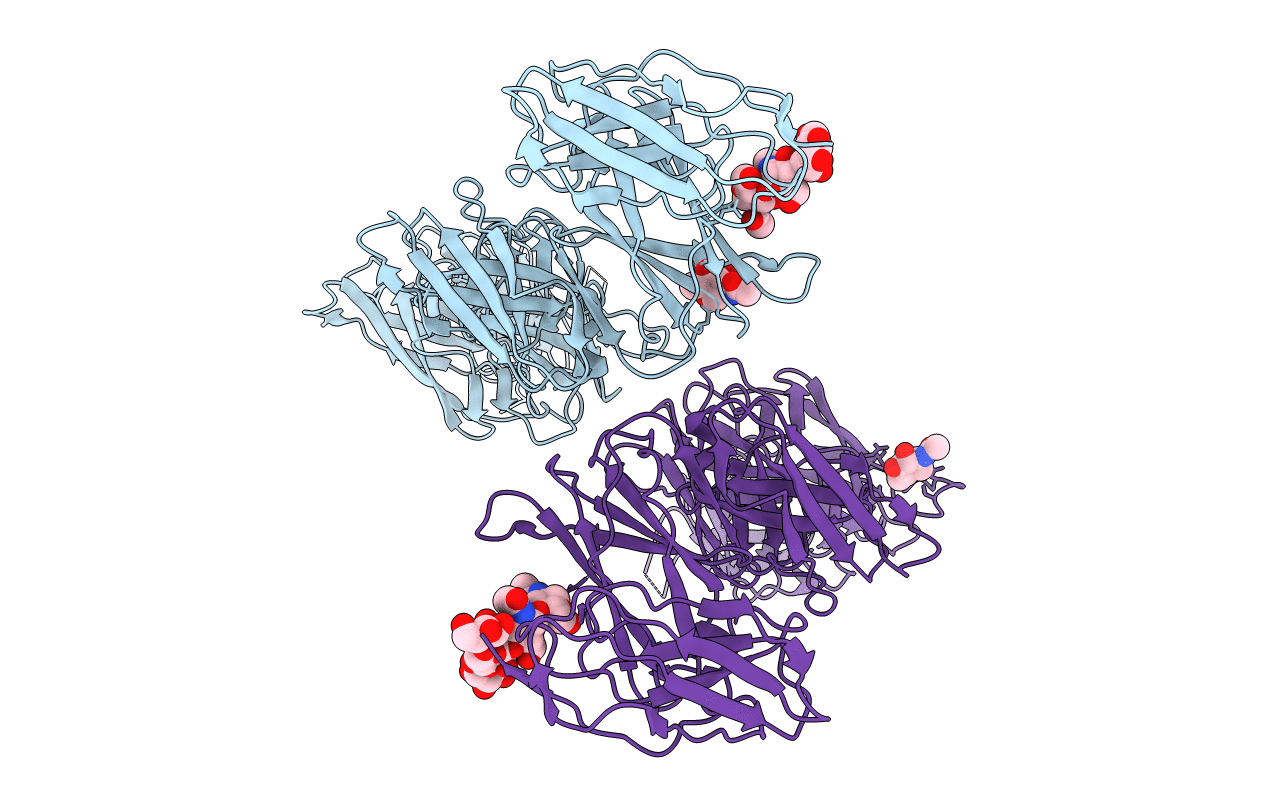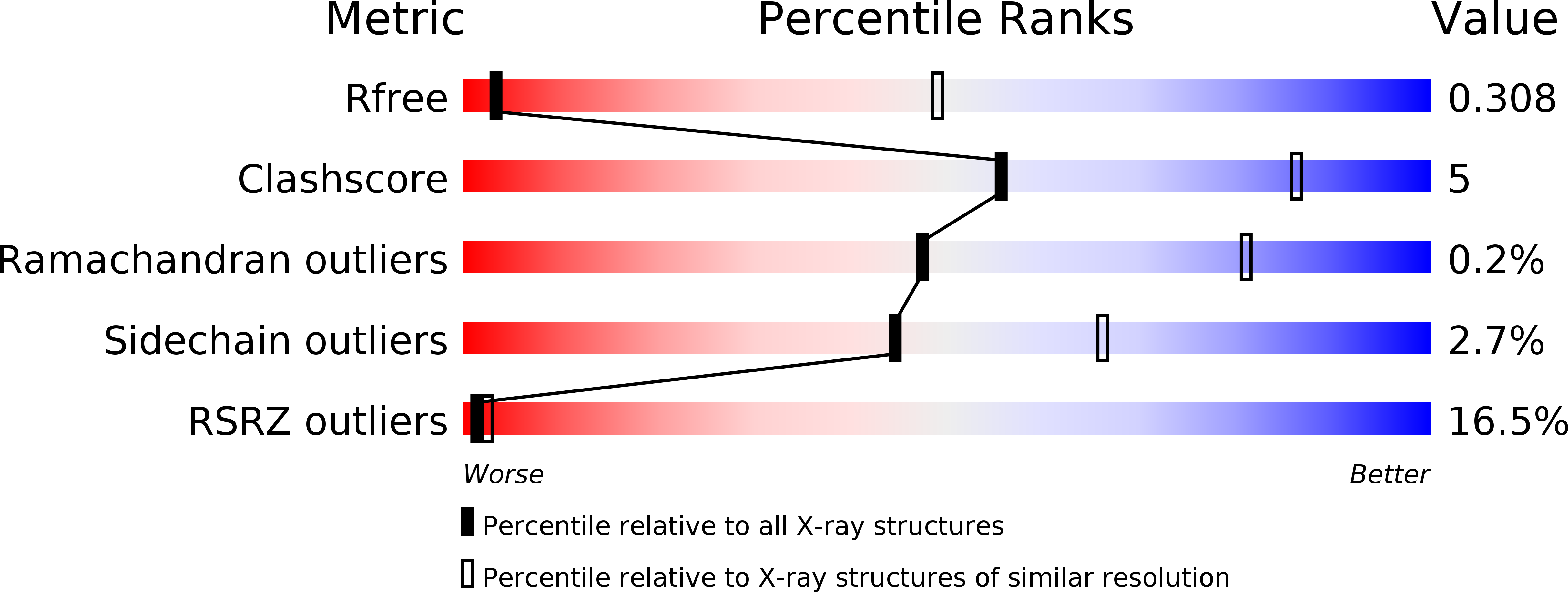
Deposition Date
2018-06-12
Release Date
2019-02-06
Last Version Date
2024-11-20
Entry Detail
PDB ID:
6GRT
Keywords:
Title:
Paired immunoglobulin-like receptor B (PirB) or Leukocyte immunoglobulin-like receptor subfamily B member 3 (LILRB3) full extracellular domain
Biological Source:
Source Organism:
Mus musculus (Taxon ID: 10090)
Host Organism:
Method Details:
Experimental Method:
Resolution:
4.50 Å
R-Value Free:
0.30
R-Value Work:
0.25
R-Value Observed:
0.26
Space Group:
P 1 21 1


